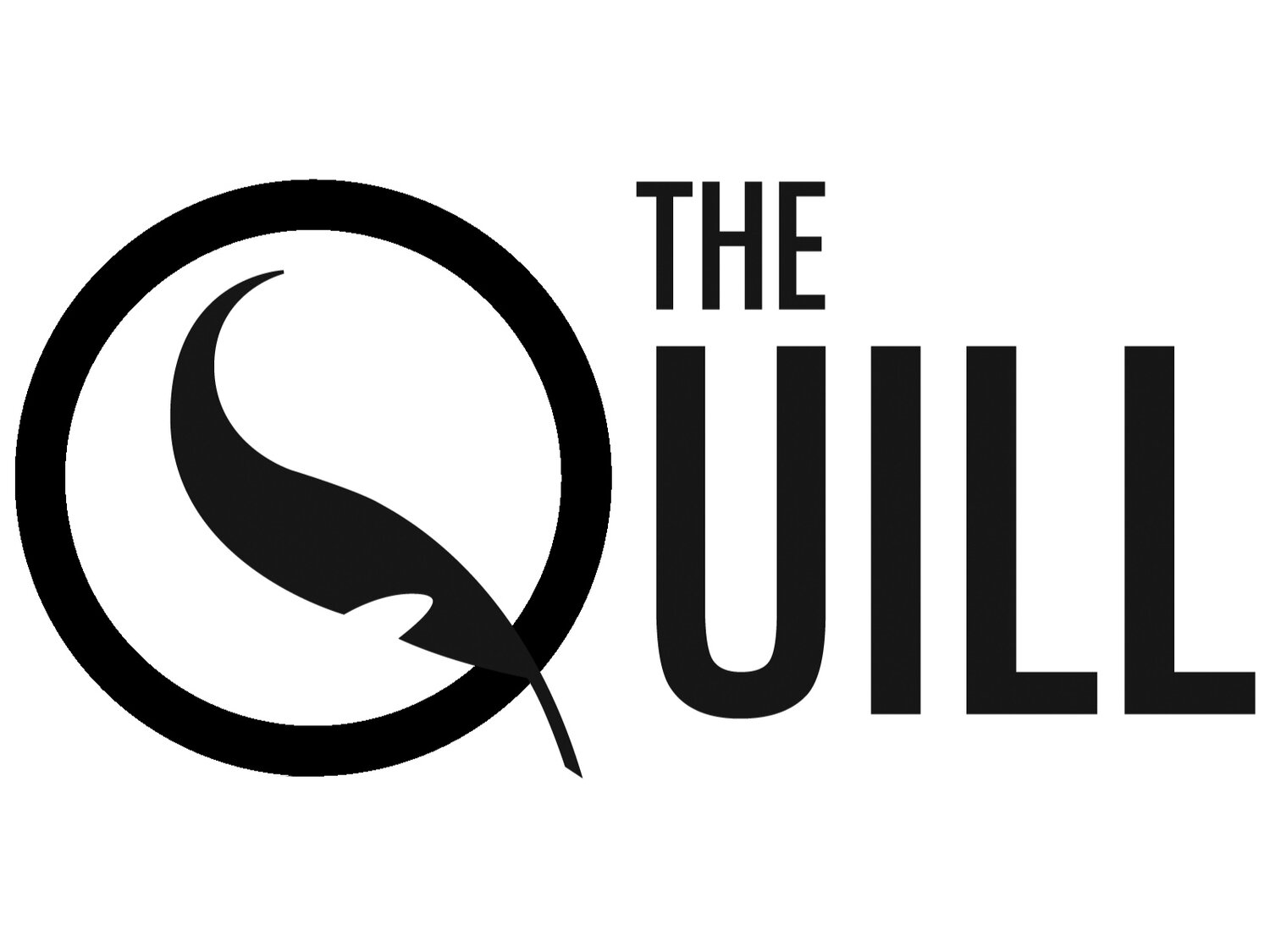*DISCLAIMER* If you are easily disturbed do not read this article.
It is tempting to say the reason why the hikers left their tents due to an avalanche, but this theory is quickly refuted because if this was true, the tents would be completely covered in snow and the footprints would have been wiped away. None of these things were true, thus ruling out the possibility of an avalanche as the cause.
60 years later in January of 2019 adventurers, Richard Holmgren and Andreas Liljegren, Ekaterina Zimina and Artem Domogirov set out to put and end to this mystery once and for all. These Adventures would hike out to the exact same area of the exact same time of the year as the original hikers of the incident. On this expedition they also equipped themselves with the similar gear and supplies as the original hikers to emulate similar conditions. As a result, this would lead to the following theory.
On February 1st in the afternoon the hikers would have settled in for the night after pinning their tents to the ground. What would have caused the hikers to leave the tents is a katabatic wind or downward slope wind. In most scenarios these winds are mild and not dangerous, but on the right conditions they can become hurricane level winds. Katabatic winds are also mostly local making them often missed by the forecasts. These winds will also cause rapid decrease in temperatures. So, it is likely that a katabatic wind would have collapsed the shelters, and instead of fiddling with the buttons of the tents the hikers would have likely cut their way out of the tent in panic of a potential avalanche.
The hikers would then make for the trees to get shelter from the wind onslaughts. The winds would have been able to lift sticks and stones of the ground hurling them at the hikers causing the minor bruises and injuries. The three hikers that had died in the open were likely frozen to death by the winds upon them. Two of the remaining six hikers would take up the responsibility of creating a fire while the other four would push on to the ravine to create bivouacs as shelter from the threatening weather conditions.
Because of their light clothing, the two hikers would have minimal chances of starting a fire. However, because of the burn marks it is likely they were successful in starting a fire it was unlikely that the fire would be warm enough to warm the hikers in the extreme cold. The other injuries of the hiker by the fire were likely cause by self harm in order to stay awake and alive. This would remain unsuccessful. The burn injuries would have been a result of the two hikers burning themselves to stay conscious.
The remaining four hikers would have made it to the ravine constructing the bivouacs, but because of early hypothermia it is unlikely they had created a proper bivouac. Thus, leading to the fatal blow. The snow above would have collapsed on the hikers with no time to react, instantly killing the remaining hikers with deadly weight, which would explain the crushing injuries. One of the four was found as little ways away with only half of her body with catastrophic injuries. It is likely the hiker was just entering the bivouac and while entering the snow would have crushed them. Their body would be carried away by the melting and thawing of snow.
What do you think? Is Holmgren correct?
